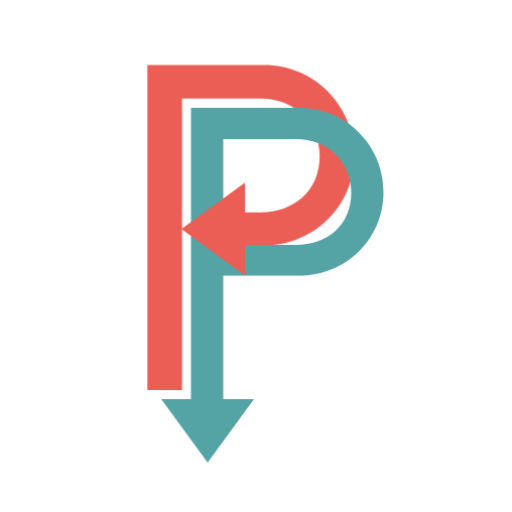Kanban and Scrumban are both Agile frameworks from which many project management initiatives benefit. I’ve seen numerous businesses, including tech companies, manufacturers, and startups, use one of these project management methodologies.
For those reasons, I wanted to discuss what Scrumban and Kanban are in today’s comparative review. You’ll discover their characteristics, stages, pros, cons, and more.
Also read: Types of Project Management Frameworks: Top 20 Popular Methods to Consider for Your Business
Key Takeaways
- Kanban is highly flexible, and I enjoy how easy it reveals bottlenecks. Still, if you rely on outdated boards, your project’s development might get blocked;
- Scrumban has Scrum’s iterative structure and Kanban’s visualization elements;
- By comparison, Scrumban is more suitable for larger projects, while Kanban is great for smaller teams. So far, I’ve been part of smaller teams, so we applied Kanban more often;
- Both frameworks must have team members who’re all on the same page. Both of them reveal bottlenecks.
Main Differences Between Scrumban and Kanban
- Scrumban has an iterative structure, whereas Kanban is more customizable and flexible without a rigorous process arrangement;
- Kanban is excellent for smaller teams, whereas Scrumban is the right choice for more complex projects;
- Kanban benefits projects that lack a precise end date, whereas Scrumban works with well-established deadlines;
- Scrumban works best when stakeholders are hands-on in the project’s development. In contrast, Kanban is the more suitable choice for projects with an irregular work pace.
Scrumban vs Kanban Compared: What They Are
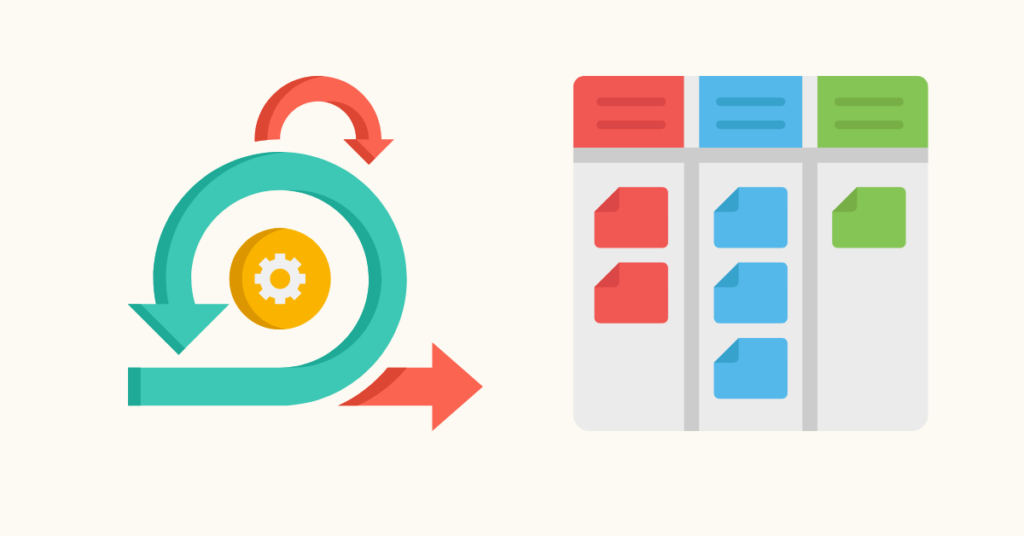
What Is Scrumban?
Scrumban is a hybrid framework combining tactics from both Scrum and Kanban. All these three methodologies are Agile solutions for your projects. Scrumban takes the structured process from Scrum, while its flexibility and visual aids are borrowed from Kanban. It also focuses on continuous improvement, just like Kanban.
Many project management specialists, myself included, like Scrumban very much due to its Kanban-like simplicity and Scrum-like agility. Moreover, it’s very easy to implement without requiring role updates. I personally like Agile frameworks rather than Waterfall because they allow me to adjust the plan as I go.
What Is Kanban?
Kanban has a long history, created in the 1940s in Japan by Toyota. Its primary focus was to increase production efficiency. Still, nowadays, many industries use Kanban on a large scale. It has proven effective in educational, software, and production projects. The word itself means billboard or signboard. It refers to Kanban’s visual board, where all the tasks are featured.
Scrumban vs. Kanban Compared – How They Work
It’s time to see how each of these Agile solutions works.
How Scrumban Works
Scrumban’s visual board helps companies monitor and organize their project teams. Here’s how Scrumban works:
- Iteration – each work cycle is called iteration, and it’s short. Hence, teams can easily adjust their workflow to everchanging markets and environments;
- Prioritization – this is usually done through numbers that staff adds to each task. That’s how they know which tasks are more urgent than others;
- On-demand planning – when the planning is triggered, teams attend the planning event. The trigger represents the tasks that remain in the first section of the board (those tasks were never finished);
- Triage – this is what team managers use to decide which features will be completed and which ones will have to be dropped;
- Pull principle – each team member pulls the desired tasks from the board’s first column. Managers don’t assign tasks to subordinates;
- Feature freeze – when a project’s deadline is close, teams cannot add more features to the product.
How Kanban Works
The ones that have everything to gain from using Kanban are marketing teams. Here’s how this framework functions:
- Workflow visualization – Kanban boards with their columns and task cards ensure transparency and a clear view of the entire project;
- WIP limits – teams avoid multitasking because it might lower productivity. Therefore, there’s a maximum limit to how many tasks you can add in a specific board column;
- Flow management – the workflow is continuous and smooth due to the board’s columns. The lack of micro-management is also welcomed and empowering;
- Explicit process policies – there are clear rules on moving task cards from the first column to the next. All employees must read and understand these rules;
- Feedback loops implementation – regular meetings are held to offer and receive constructive feedback. That occurs mainly during the daily stand-up meetings;
- Experimenting, adapting, and collaborating – this evolutionary process improves the way teams adopt changes and implements them gradually. Hence, the pace is one that teams can easily handle.
What Do They Take from Each Other?
Scrumban takes from Kanban the working philosophy of Kaizen, which stands for continuous improvement. WIP is also borrowed from Kanban. This concept is short for Work in Progress and tells you how many tasks you can add to the board simultaneously.
Finally, the third element taken from Kanban by Scrumban is the pull scheduling method. Employees can pull tasks into the project’s workflow whenever there’s space on the board.
Scrumban also has a couple of Scrum elements, including short development cycles called sprints. This hybrid methodology focuses on process constraints and prioritization. The first one creates a higher rigidity compared to Kanban. In contrast, the second enables teams to handle the most urgent tasks first and foremost. Again, that’s not the case with Kanban.
Kanban doesn’t take anything from Scrum. It’s a lot more flexible and modern in its approach. So, you see why opt for Kanban more frequently than Scrumban. It’s because Kanban is a stand-alone framework.
Scrumban vs Kanban Compared: Differences (Detailed and Explained)
There are significant differences between Scrumban and Kanban. Today, I’ll talk about each of them.
Structures
Scrumban is more flexible than Scrum but less flexible than Kanban. With Kanban, you can adjust the workflow to suit your type of project. That doesn’t work with Scrumban, despite it being relatively malleable. The project work is divided differently based on the framework you choose to apply.
Kanban teams engage in continuous work, while Scrumban sprints don’t last more than one month. Moreover, those who apply Kanban can establish the number of tasks they can include in the to-do column of the board. Nevertheless, Scrumban found inspiration in Kanban and relies on similar WIP limits.
Scrumban vs Kanban: Boards Explained
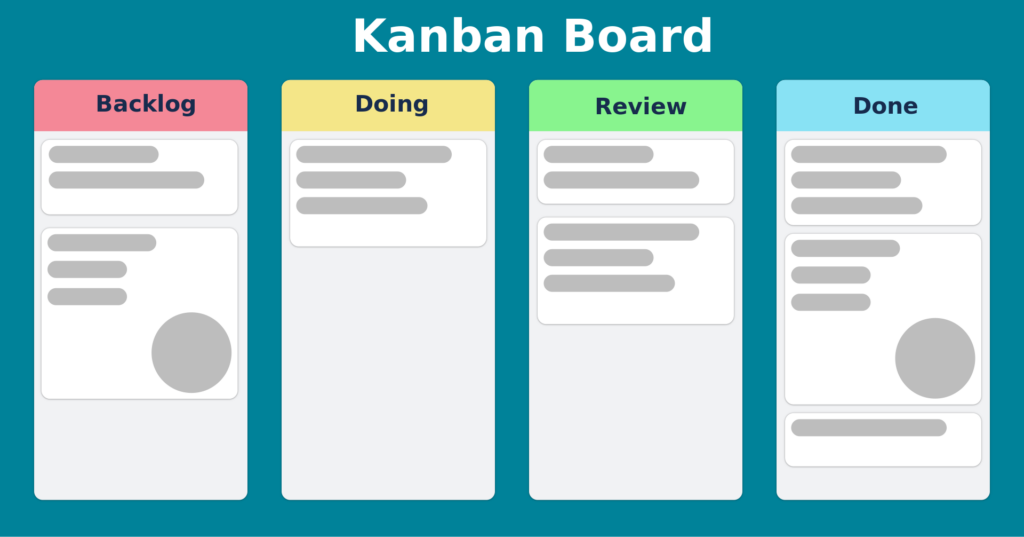
The entire team’s workflow is represented on the Kanban board. Its backlog contains multiple columns through which employees prioritize their tasks. For example, the In-Progress column consists of different sub-categories. Each one stands for every single project step. Staff members pull their desired tasks from the first column and start working on them individually.
Scrumban board is a hybrid resulting from mixed elements taken from Kanban and Scrum. The board has three categories: sprint backlog, the in-progress section, and completed tasks. I’ve worked with many teams, all of which preferred to use a modified Kanban board as their Scrumban visual solution.
Scrumban and Kanban Team Roles
Both methodologies have less rigid team structures compared to Scrum. As a result, different teams can handle the same tasks simultaneously. However, this is where similarities end and differences begin. Scrumban is different from Kanban regarding its team skillsets. For instance, Kanban teams have task-specific competencies.
Scrumban Team Roles
The roles of Scrumban teams fall somewhere in the middle, between Scrum’s time constraints and Kanban’s professional variety. While Scrum has product owners, Scrum masters, and team members, Scrumban has a more relaxed approach. As a result, there aren’t any defined roles. Still, teams can choose to adopt specific roles if they want to.
Kanban Team Roles
Kanban teams consist of a wide range of professionals with different skill sets. Still, they all work together, aiming for a common goal. Each employee chooses their desired tasks from the list of to-do activities. Kanban works without defined roles because the entire team drives the project. From my experience, this can be helpful but also a bit frustrating.
Similarities
- Both frameworks apply a similar WIP limit policy.
- Scrumban and Kanban don’t have any limits when it comes to task size.
- Both frameworks use visual boards where tasks are featured;
- They rely on continuous workflow;
- These solutions are flexible and incremental;
- You can see the pull system in both of them – that means you can select your desired tasks;
- When it comes to Scrumban and Kanban, estimations are optional rather than required;
- There’s higher adjustability due to the lack of time-boxed sprints;
- They’re both easy to adopt, and all members are involved in the process;
- Either one will help you save time.
When to Use Scrumban

Scrumban is ideal for those projects in which stakeholders are highly involved. It works well for teams that need to create new software but also needs feedback action. If your team has already tried Scrum, but the framework didn’t provide the expected outcome, it’s time to try Scrumban. Finally, it’s the perfect transition approach from Scrum to Kanban.
Scrumban is the optimal choice for:
- More traditional companies;
- Startups;
- Fast-paced businesses;
- New teams;
- Teams with transitioning employees;
- Event planners.
When to Use Kanban
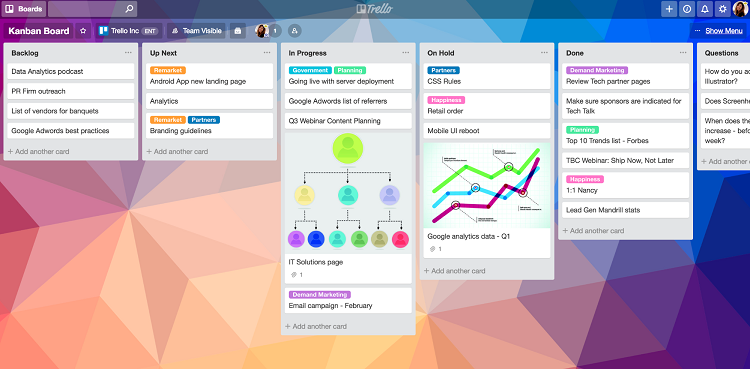
If your project doesn’t have a clear deadline, don’t fret about it. Kanban is the solution you were looking for. This framework is great for projects that will likely change their scope over time. Irregular working pace benefits from the use of Kanban. Last but not least, this flexible methodology should be your go-to option if your project’s tasks have different scopes and sizes.
Kanban is the ideal solution for:
- IT teams and software companies;
- Healthcare businesses;
- Maintenance teams;
- Support teams;
- Manufacturing companies.
Benefits of Using Scrumban
- Structured process based on rules, mixed with flexibility – Scrumban replaces Kanban’s change sensitivity with Scrum’s set of rules. This leads to a structured framework that happens in cycles without totally sacrificing flexibility;
- Effective compartmentalization – Scrumban took the know-how of splitting larger tasks into smaller milestones. Then, it placed all those work engagements on a Kanban visual board. This makes it a lot easier for employees to keep track of what they’re doing;
- Improved processes – through Scrumban, an ample mechanism for finding the best solutions were created. This was possible due to Scrum and Kanban’s ways of solving any potential issues that could occur. Hence, it further leads to boosted efficiency.
Benefits of Using Kanban
- Sensitivity to change – with Kanban, it’s very easy to modify several project aspects, including deadlines. Moreover, teams can spend more time than estimated on more complicated tasks;
- Less waste and boosted productivity – Kanban’s continuous workflow helps you avoid dead time. At least, ideally, the Kanban work environment is defined by a constant work stream;
- Improved collaboration and clarity – Kanban offers a lot of visual clarity through its board. This leads to better cooperation and a more precise direction.
Scrumban vs Kanban Compared: Pros and Cons
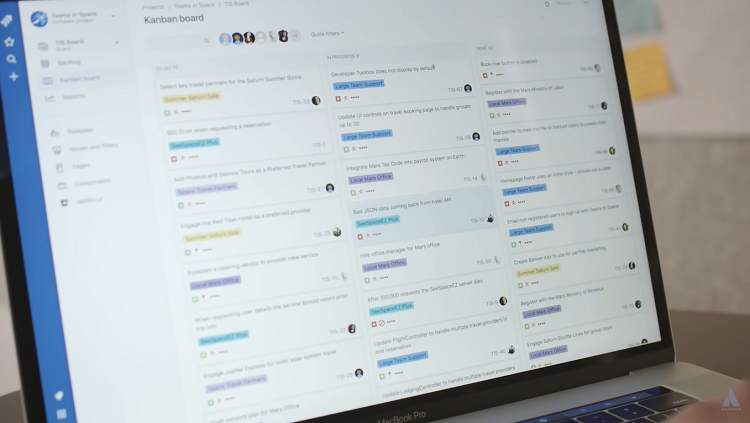
Let’s examine some of Kanban and Scrumban’s pros and cons.
Scrumban Pros
- It saves you a lot of time, and it’s more flexible than Scrum;
- Ideal for large or long-term projects;
- Team members gain more independence with Scrumban;
- It’s cost-effective;
- This framework is easy to adopt and implement;
- From what I’ve seen, Scrumban teams perform better, and employees are more relaxed;
- It reveals bottlenecks.
Scrumban Cons
- Sometimes, Scrumban can be tricky to handle;
- It lacks a practical approach to progress tracking;
- There’s a bit of confusion caused by the lack of management or a Scrum master;
- It’s a pretty new methodology, so don’t expect its processes to be well-established or clearly defined;
- Managers have less control than with other frameworks.
Kanban Pros
- Boosted clarity due to Kanban’s visual board;
- Team and workflow transparency;
- It’s easy to keep track of your project’s progress with Kanban;
- I’ve seen many content Kanban employees who can also focus excellently on the project at hand;
- It’s a versatile framework that can be applied in numerous industries;
- Highly customizable;
- Boosts collaboration among team members;
- Promotes constant improvements and reduces waste and costs
Kanban Cons
- You can’t use this approach independently;
- It’s not the best solution in very dynamic workplaces;
- The lack of timing can be confusing;
- It doesn’t work great on too complex projects;
- Team members must keep on updating the board, which can be frustrating;
- You can’t see any timeframes.
Scrumban vs Kanban: Comparison Table
|
Scrumban |
Kanban | |
| Boards | Continuous use without reset | Continuous use without reset |
| Team members | Teams of specialists without number limitations | Teams of specialists without number limitations |
| Team roles | No specific roles | Either generalists or specialists |
| Rules | Moderate – middle ground | Relaxed and flexible |
| Iterations | 1 to 4 weeks | Shorter releases/continuous work |
| Limits | WIP limits | WIP limits |
| Planning | On-demand & Bucket Sizes | Planning triggers & on demand |
| Task assignment | Employees choose their tasks | Employees choose their tasks |
| Work routines | Pull principle – taking tasks during iterations | Pull principle – taking tasks during iterations |
| Meetings | Optional | Optional |
| Best for | Fast-pace projects & startups | Continuous product manufacturing |
Scrumban vs Kanban Compared: Main Alternatives
These are the most popular alternatives to both Kanban and Scrumban.
Scrum

- Boosted flexibility and increased adaptability;
- It encourages innovation and creativity;
- The costs are lower;
- High-quality work due to increased transparency;
- Heightened customer satisfaction due to constant feedback;
- Motivated team members because of ownership;
- You’ll get timely predictions;
- These projects need experienced teams;
- It works best with small teams; not suitable for very large teams;
- It isn’t easy to scale;
- Quality will be hard to implement;
- The entire company needs to rethink and transform its approach to align them with Scrum.
Lean Development
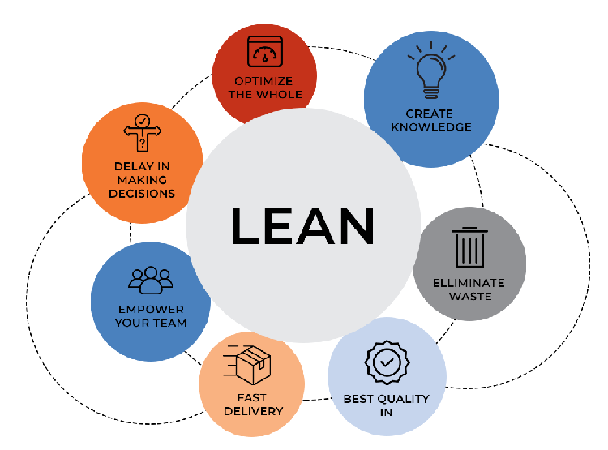
- Streamlined approach with boosted functionality;
- Helps you save time and reduce costs;
- Boosts morale by empowering team members;
- Less scalable than other options;
- You must prepare strong documentation;
- Great for software development;
- It’s easy to monitor;
- It helps improve the company’s customer relationship management;
- There’s the issue of unstable economies, so avoid any extreme situation.
Waterfall

- Teams can follow a precise path and straightforward procedure;
- Information is transferred smoothly;
- Project management is simplified;
- With Waterfall, it’s easier to establish goals;
- There’s almost no room for changes or revisions;
- Testing is delayed;
- This framework doesn’t involve the client;
- It’s suitable for simpler projects.
Critical Path
- This is a step-by-step PM solution ;
- It helps you identify issues early on;
- It’s easy to adopt;
- Non-critical tasks might represent an issue because they’re harder to detect;
- The learning curve is steep.
FAQs About Kanban and Scrumban
Answer: You can transition from Scrum to Scrumban by creating a visual board and applying WIP limits. As a manager, you don’t get to assign tasks to your subordinates like you’d do with Scrum. Instead, encourage them to pick those tasks featured on the board they want to handle. Moreover, Scrumban focuses on task prioritization rather than estimations.
Answer: Scrumban inherits these three pillars from Scrum. It’s about transparency, adaptability, and inspection. But, if you want to boost flexibility, you should rely more on adaptability and less on inspection.
Answer: There are four Kanban principles: focus on the task at hand, embrace evolutionary yet incremental change, encourage leadership acts and initiatives among your employees, and respect the process and all those involved in the project.
Bottom Line
I enjoy working with both Scrumban and Kanban frameworks. But, my personal favorite will always be Kanban due to its high flexibility and significant focus on visual elements.
Moreover, Kanban is great for maintenance projects with the continuous development of activities. So, choose Scrumban if your project’s priorities tend to change frequently. Or, you could choose any of these two frameworks if you find Scrum too restrictive.
Ultimately, consider your project’s type and match it with the appropriate framework.
Related read
- Complete Guide to PRINCE2 Project Management
- Complete Guide to RASCI
- What is a Project Management RFP?
Sources
- Central and Eastern European Online Library
- chrome-extension://efaidnbmnnnibpcajpcglclefindmkaj/https://d1wqtxts1xzle7.cloudfront.net/89641780/D1566029420-libre.pdf
- chrome-extension://efaidnbmnnnibpcajpcglclefindmkaj/https://www.researchgate.net/profile/Lucija-Brezocnik/publication/326441463_Comparison_of_agile_methods_Scrum_Kanban_and_Scrumban/links/5b4dd73ca6fdcc8dae257ff0/Comparison-of-agile-methods-Scrum-Kanban-and-Scrumban.pdf
- chrome-extension://efaidnbmnnnibpcajpcglclefindmkaj/https://www.researchgate.net/profile/Viljan-Mahnic/publication/280148437_From_Scrum_to_Kanban_Introducing_Lean_Principles_to_a_Software_Engineering_Capstone_Course/links/5649aa7d08aef646e6d2a022/From-Scrum-to-Kanban-Introducing-Lean-Principles-to-a-Software-Engineering-Capstone-Course.pdf
- kanban tool
- ResearchGate
- System Verification
- GoRetro
- Collidu

Alexandra is a passionate digital strategist who loves project management tools and principles. As a content writer, Alexandra has created many in-depth guides on e-commerce, digital marketing, and project management tools and is here to help the Projects Pivot readers learn more about managing projects and the digital tools that we use!
